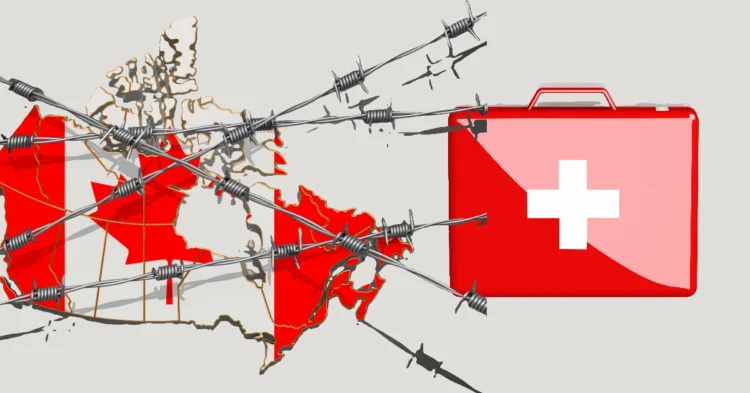Canada is often ranked among the safest countries in the world, but crime levels can vary significantly between its cities. In 2025, some urban areas continue to face rising challenges related to violent crime, property theft, and substance abuse, while others stand out for their low crime rates and strong sense of community. This comprehensive overview explores both ends of the safety spectrum in Canadian cities today.
Table of Contents
Understanding Safety and Crime in Canadian Cities
What Makes a City Dangerous or Safe?
The level of safety in a city is often evaluated based on the Crime Severity Index (CSI), which measures both the volume and seriousness of police-reported crime. Key factors influencing crime include population density, income disparity, housing availability, and the presence of social support services.
Top 5 Most Dangerous Cities in Canada in 2025
1. Surrey, British Columbia
Surrey has consistently ranked among the highest for violent crimes in recent years. While the city continues to grow and diversify, it faces persistent challenges with gang activity, assaults, and property crime. Policing initiatives and community outreach programs are working to counter these issues, but residents still report safety as a top concern.
2. Winnipeg, Manitoba
Winnipeg remains high on the list due to its struggles with gang-related violence, drug trafficking, and car thefts. Youth crime and homelessness are particularly pressing issues. Though crime prevention strategies are underway, progress remains slow.
3. Kelowna, British Columbia
Kelowna, known for its tourism and lifestyle appeal, has seen an increase in property crime and drug-related offenses. Rising costs of living and housing insecurity have contributed to these challenges, putting pressure on local services.
4. Sudbury, Ontario
Sudbury has one of the higher Crime Severity Index scores in Ontario. Issues such as vandalism, drug offenses, and assaults remain problematic, particularly in economically disadvantaged neighborhoods.
5. Regina, Saskatchewan
Regina continues to face challenges with violent crimes, including robbery and assault. While public safety is a priority for local law enforcement, social inequality and housing instability have made long-term change difficult.
Top 10 Most Dangerous Cities in Canada in 2025: Crime Trends and Safety Challenges
Top 5 Safest Cities in Canada in 2025
1. Quebec City, Quebec
Quebec City continues to rank as the safest major city in Canada. With very low rates of violent and property crime, it is known for its strong community ties, family-friendly environment, and well-funded public services.
2. Ottawa, Ontario
Canada’s capital is not only politically significant but also one of the safest large cities. Ottawa has relatively low crime rates, well-maintained neighborhoods, and active community policing programs that enhance public trust and safety.
3. Burlington, Ontario
Burlington offers a quiet suburban environment with excellent schools and a low crime rate. Residents benefit from strong community engagement, public recreation programs, and a responsive local government.
4. Oakville, Ontario
Oakville is frequently ranked as one of the best places to live in Canada. Its low crime, high median income, and focus on quality of life make it a top choice for families and retirees.
5. Lévis, Quebec
Located across the river from Quebec City, Lévis boasts exceptionally low crime rates, clean streets, and a strong sense of civic responsibility. The city invests heavily in youth programs and mental health services.
Key Differences Between the Safest and Most Dangerous Cities
Social Investment and Community Support
Safer cities tend to have more robust social services, including mental health resources, affordable housing, and accessible education. In contrast, more dangerous cities often struggle with underfunded community programs and economic disparity.
Police Presence and Public Trust
A visible and trusted police presence contributes to safety in many low-crime cities. In areas with higher crime, strained relationships between law enforcement and communities can hinder progress.
Economic Stability
Stable employment opportunities, access to healthcare, and affordable housing are common in safer cities. Cities facing rising crime often report high unemployment, underemployment, and inadequate housing conditions.
Conclusion: A Tale of Two Canadas
In 2025, Canada’s urban landscape tells two stories—one of growth, safety, and community resilience, and another of social strain, economic hardship, and rising crime. As policymakers, residents, and organizations continue to push for equitable solutions, the goal is to narrow the gap between the most dangerous and safest cities, creating a more secure future for all Canadians.

